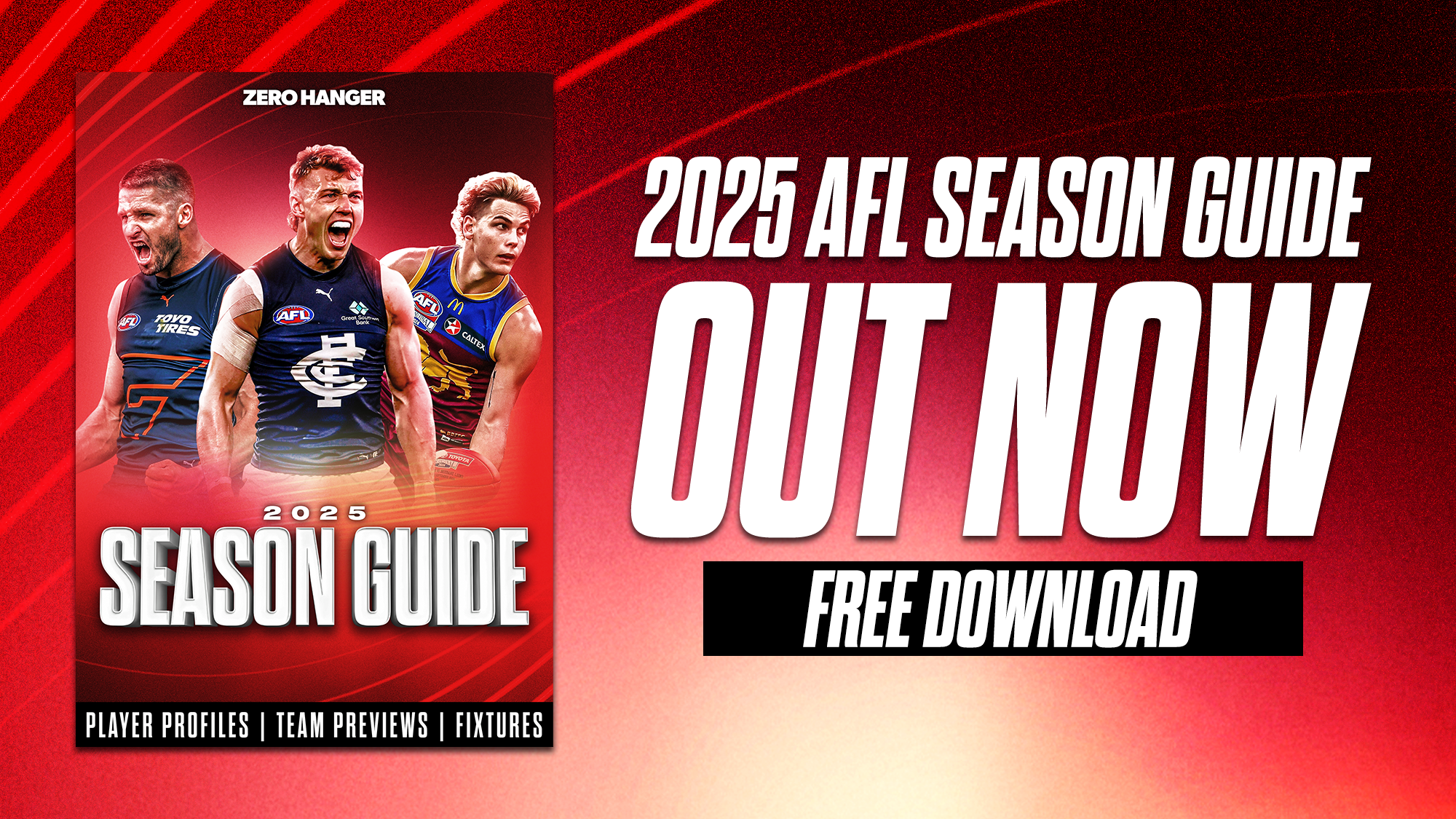It was an historic and exciting moment for the AFLW as they announced the expansion of the competition with the addition of four new teams to play in the 2022/2023 season last week.
However, how exactly the competition will look at the end of next year is still uncertain, with aspects of the league yet to be decided.
While the additional sides are sure to boost fan engagement among other keys aspects, there are some downsides to the development.
Taking this new phase into account, we look at the pros and cons of the AFLW's latest expansion.
The Pros
Essendon, Hawthorn, Port Adelaide and the Sydney Swans will all field teams in the women's competition next year and the AFLW will now equal the men's senior AFL side with 18 licenses.
This is one step closer to providing all girls an equal opportunity to play at an elite level and inspire a younger generation of female players to sign up and get involved.
Since the expansion of the AFLW's original eight teams in 2017, the number of women and girls playing Aussie Rules across Australia has grown to 600,000, compared to 268,091 in 2018 according to the AFL.
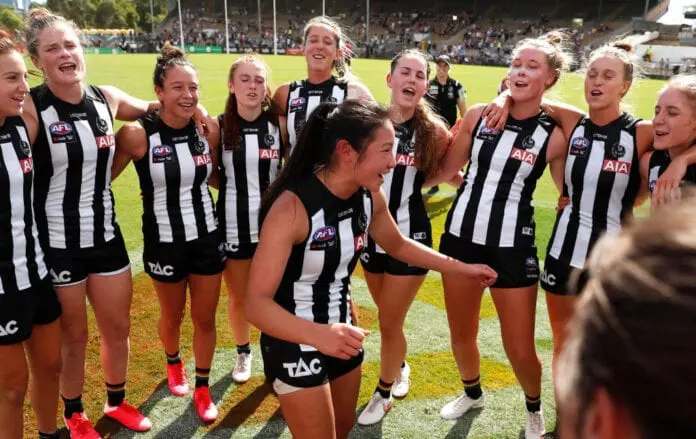
The league currently has 14 competitive teams and the four new clubs will help promote the competition further with the likelihood of attracting more fans and new supporters. With Port Adelaide entering the women's senior side, the pull of athletes and supporters from South Australia is set to increase and grow the competition even further across both the state and nation.
The expansion will also provide more job opportunities for off-field staff members, including coaches, trainers, health and medical professionals.
Last year Hawthorn's VFLW side announced an all-female coaching panel in order to develop more females in leadership and coaching roles. With a team now in the national competition and the chance of other clubs following a similar model to the Hawks, the club will continue their coaching pathway, with Bec Goddard continuing to lead the charge.
You beauty! 👌
Bec Goddard will be our inaugural @hawthornaflw coach! 🤩
📝 : https://t.co/buTLQv9dc2 pic.twitter.com/mLtxAo2mnl
— Hawthorn FC (@HawthornFC) August 12, 2021
Demons legend Daisy Pearce told the AFL media that "the demand and appetite to continue to grow and expand this competition, it’s so exciting."
"The depth of young girls coming through is only expanding and growing more," Pearce said.
AFL CEO Gillon McLachlan said in a statement released by the AFL that the "additional four clubs entering the NAB AFL Women’s Competition in Season Seven, we will grow to 540 AFLW players across all 18 clubs, the largest employer of female athletes in the country."
He described the competition now as "whole" and "complete".
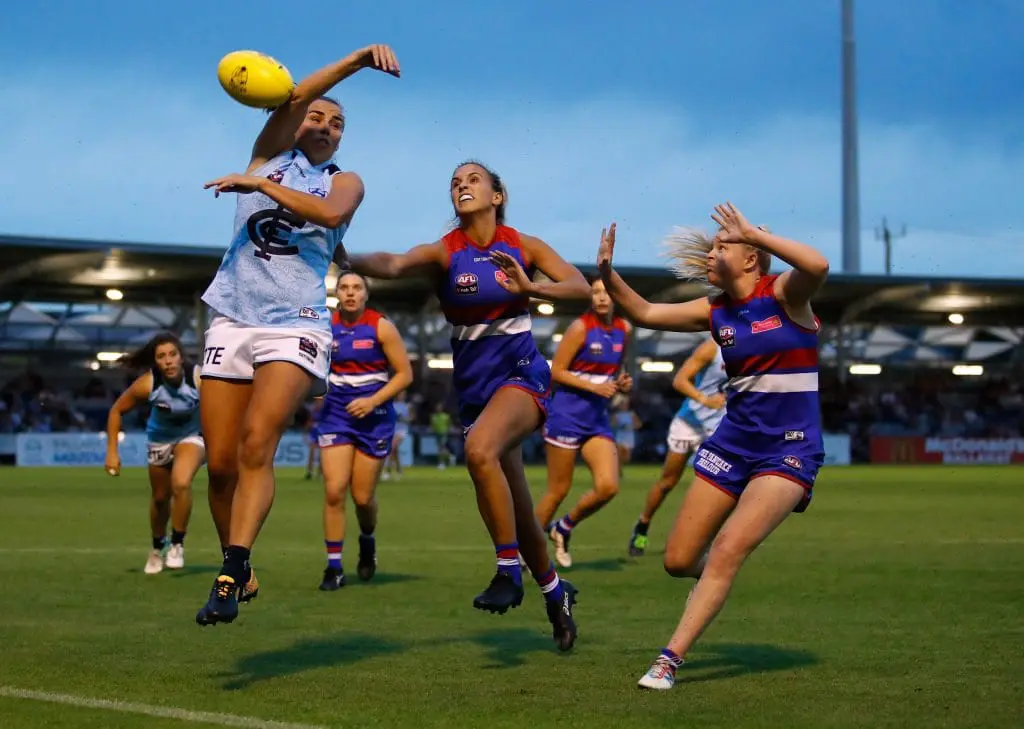
The Cons
While the teams and therefore list spots for female players to compete at an elite level has increased, the competition standard may be affected by the addition.
Although there is more opportunity for more players to be exposed to the elite level, there will be a greater number of inexperienced players competing, which could result in a bigger gap between player and team standards.
In 2021, the AFLW had four top teams competing closely to take out the premiership, with the Crows, Lions, Magpies and Demons finishing on 28 points.
The bottom teams saw a long bridge between them and the top quartet however.
The Gold Coast Suns did not win a single match during the season, finishing last on the ladder with zero points and nine losses. The Cats only managed a single win with eight losses, the Eagles got two wins and both Richmond and St Kilda managed three victories. These results show a strong possibility that the expansion will dilute the current playing standard further.
The AFLW released an explainer with "Everything you need to know about the AFLW expansion", however some aspects of the competition remain uncertain.
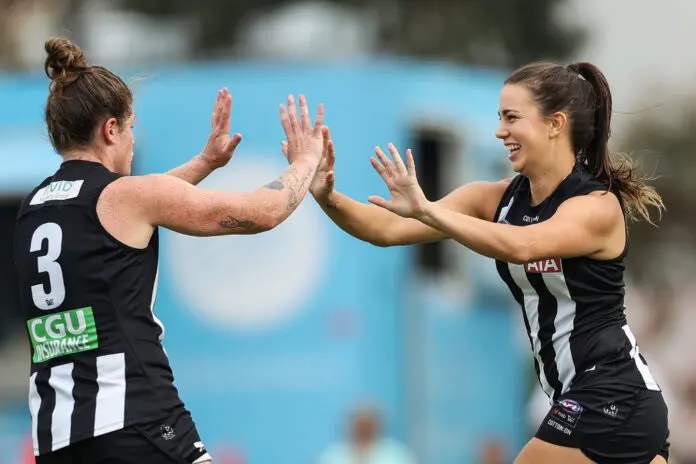
Who exactly will be playing in these new teams is still unknown. Players from current AFLW sides will not be allowed to play for the new teams as there is a season still to be played before the new teams debut.
According to the explainer, the AFL are expected to announce a set of list and team building rules at a later date.
When exactly the season will start and how long the season will be is also an unknown. The AFLW said it will be "answered down the track".
Resources for the players, including income, will determine the length of the season and has been a problem previously for keeping star players in the league.
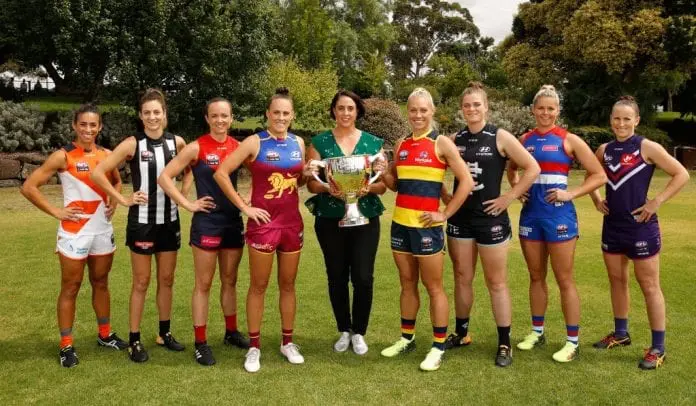
Pearce told AFL Media that "the challenges are how do we better manage and resource, not just the players so that it is sustainable [for them] and [they] can thrive and get the best out of [the] players but also the clubs and the staff and the people who are resourcing AFLW programs."
Unlike the men's competition, the majority of the female players do not earn enough to commit to the league full-time and are likely to be balancing their football career with work and study. The AFL will need to focus on resources and player/staff salaries to sustain the competition long-term.
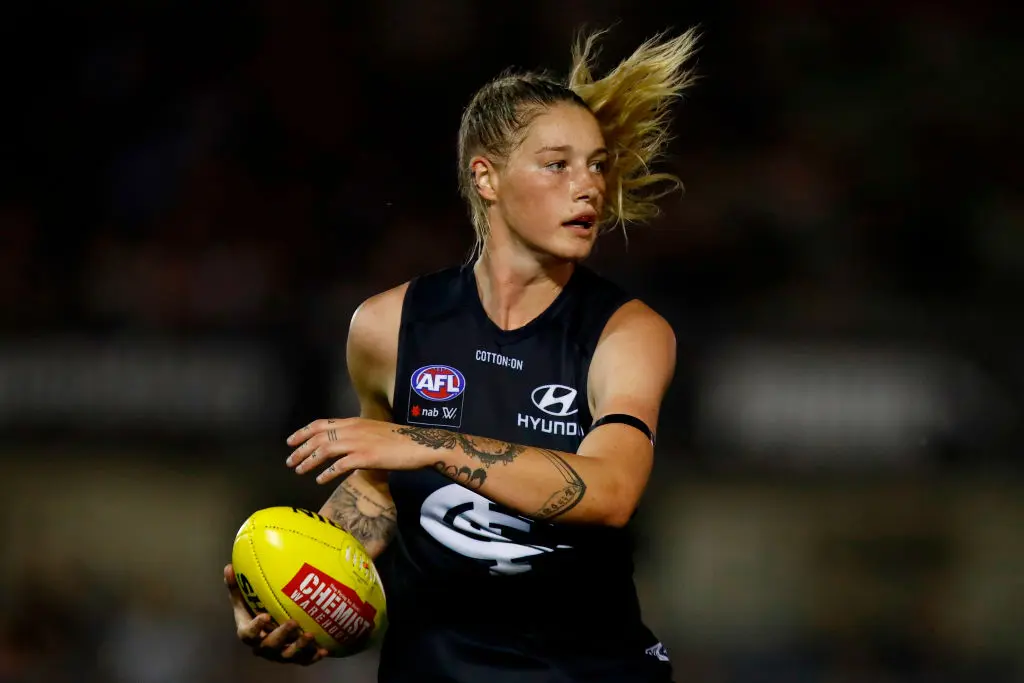
Players ,including superstar Tayla Harris, have parted ways with their clubs based on management and pay. According to 7News, Carlton could not meet the salary demands that Harris asked for.
Only time will tell whether the expansion will help or hinder the competition. But with more girls signing up to play football at a younger age and more fans following the competition, the AFLW is on the right track to becoming a professional full-time competition.





